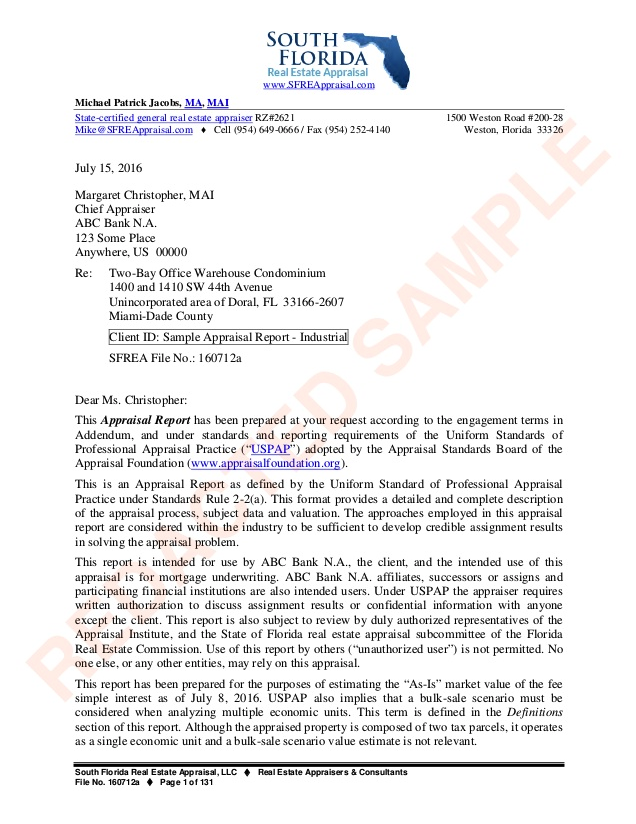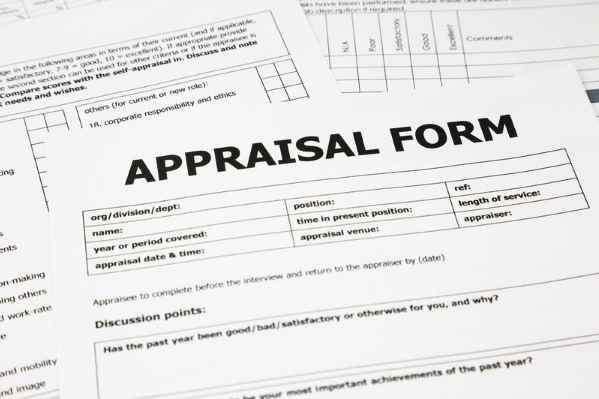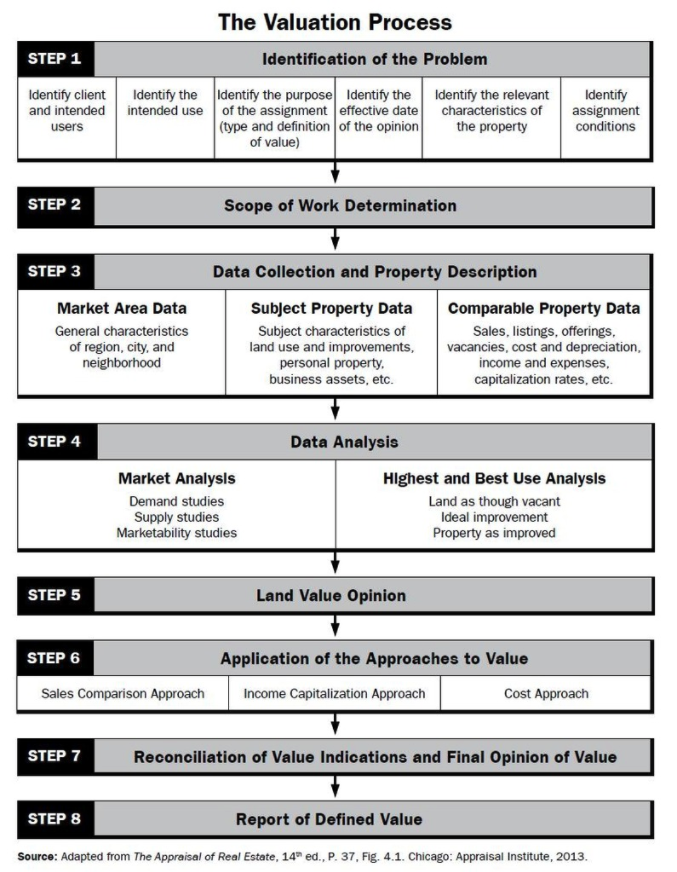How To Deliver 100% Bullet-Proof Appraisal Reports
An appraisal report is an opinion of value.
In simpler words, it is a comprehensive document that contains the true and unbiased value of your property. Given that the appraisal report writing process is highly detailed, it comes with its own set of pitfalls and vulnerabilities, which can be avoided by following a few appraisal writing best practices, which will aid an appraiser in preparing an incontestable report in the first go.
Key Components of an Effective Appraisal Report
When writing an appraisal report, it is best to know upfront what information is required to be included in the report. Thus, you should always start by looking up the guidelines to help you determine the core components of the report. That being said, here are a few things that your appraisal report must contain:

Fair Market Estimate of the Property
The Fair Market Value is the most critical figure defining the conclusion of the findings in the appraisal report.
It is a number that the appraiser arrives at while factoring in several variables such as the state of the property, its features, market trends (especially in the surrounding localities), etc. The Fair Market Value estimate must also be in conformance with the Uniform Standards of Professional Appraisal Practice (USPAP) Compliance guidelines and bear the stamp and date of effect.
Approach Followed for Fair Market Value
A 100% bullet-proof appraisal report is one that nobody can challenge. And to write a detailed, transparent, and holistic appraisal report, the appraiser must also detail the methodology they have employed to calculate the fair market value. Typical standardized techniques for Fair Market Value calculation include:
- Market Data or Sales Comparison Approach: This approach is where the property’s value is compared to that of similar property values in the area.
- Income Approach: This approach centers around the potential revenue (sale or rental) that the property can generate.
- Cost Approach: This approach factors in the costs involved in improving the property or adding value to it.
Apart from detailing the Fair Market Value approach, the appraisal report must also contain additional information such as the public land records, public tax records, market sales data, etc., that were used as additional factors for arriving at the conclusion.
Property Overview
Another vital component of an effective appraisal report is a detailed recording regarding the immovable aspects of the property. Here is a quick property appraisal review checklist that you can follow:
- Age
- Location
- Nature of ownership
- Square footage (and how it was calculated)
- Floor plan
- Number of bedrooms and bathrooms
- Heating or cooling systems
- Living area
- Design, build, and quality of construction
- Landscaping
- Recommended occupancy
Additionally, the report must also include an exterior building sketch, a street map of the appraised property, photos of the front and back facade of the property, details of the comparable property (if any), etc.

If the property is still under construction or needs to undergo renovation, the appraiser can make educated assumptions.
Issues or Concerns
The appraiser may also record any issues, such as structural defects, the possibility of rapid depreciation in value due to neglect, design abnormalities, and more. They may also note concerns like easements or encroachments, which could potentially affect the property value.
Summary of Local Market Trends
As appraisers are expected to stay up to date on the prevailing market conditions/trends at the local, federal, and national levels, they may also record their observations on how it could impact the property’s value in question. They may support their hypotheses with an overview of comparable properties, market analysis, land records, etc.
Tips for Writing an Effective Appraisal Report
Now that you have a hold of the key components of appraisal reports, here are a few other considerations that will help you adhere to appraisal writing best practices:
Pick an Appropriate Template

Despite having standardized processes, appraisal reports cannot adopt a “one-size-fits-all” policy. As such, appraisers must choose a suitable template for every project. At the same time, they also need to ensure that they are using the correct forms (1004 UAD versus 1073) for USPAP Compliance.
Keep it Simple and Relevant
While an appraiser may have all the requisite technical know-how of all the jargon or industrial terms, it would be a lot easier to keep the language simple, descriptive, and factual. This slight consideration allows any layman to comprehend and derive value from the report.
Maintain a Record
Appraisers will have to justify every figure and assumption with a set of credible sources or historical data that governed the decision. Furthermore, they may also be required to keep track of their activities and value changes throughout the appraisal process.
Accordingly, appraisal best practices emphasize the value of citing sources, monitoring changes to the fields within the report, and maintaining the changes within the profile for reference.
Perform Quality Testing
Naturally, submission of a high-quality appraisal report requires that the report must undergo testing and be vetted at various stages. Periodic reviews will help address any potential issues within the report, which may later avalanche into something graver.

Ensure Regulatory Compliance
Follow an appraisal review checklist to ensure USPAP Compliance. It can save you from any form of litigation (or embarrassment) as you deliver the appraisal report.
Concluding Thoughts
The above Guidelines for Appraisal Reports, can help you deliver effective appraisal reports at all times, however, if you are looking for process improvement and ways to be more efficient, Anow could be the perfect tool to add immediate value to your practice! Anow can lay the foundation and do the homework, by making all forms available, ensuring regulatory compliance, automating the quality control process, amongst other things. To know more, contact us here.
References
- https://www.investopedia.com/articles/pf/12/home-appraisals.asp
- https://www.nar.realtor/sites/default/files/migration_files/A-Guide-to-Understanding-Residential-Appraisal-03-28-13.pdf
- https://www.masterclass.com/articles/appraisal-report-guide#what-is-an-appraisal-report
- https://www.homelight.com/blog/appraisal-report/
- https://www.mgic.com/-/media/value-adds/training/Appraisal-training-materials/71-40263-manual-pdf-appraisal-participant-book.pdf?la=en

0 Comments